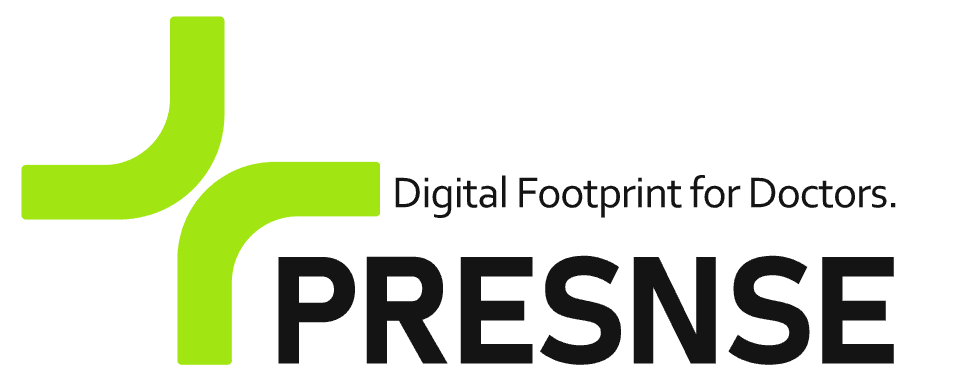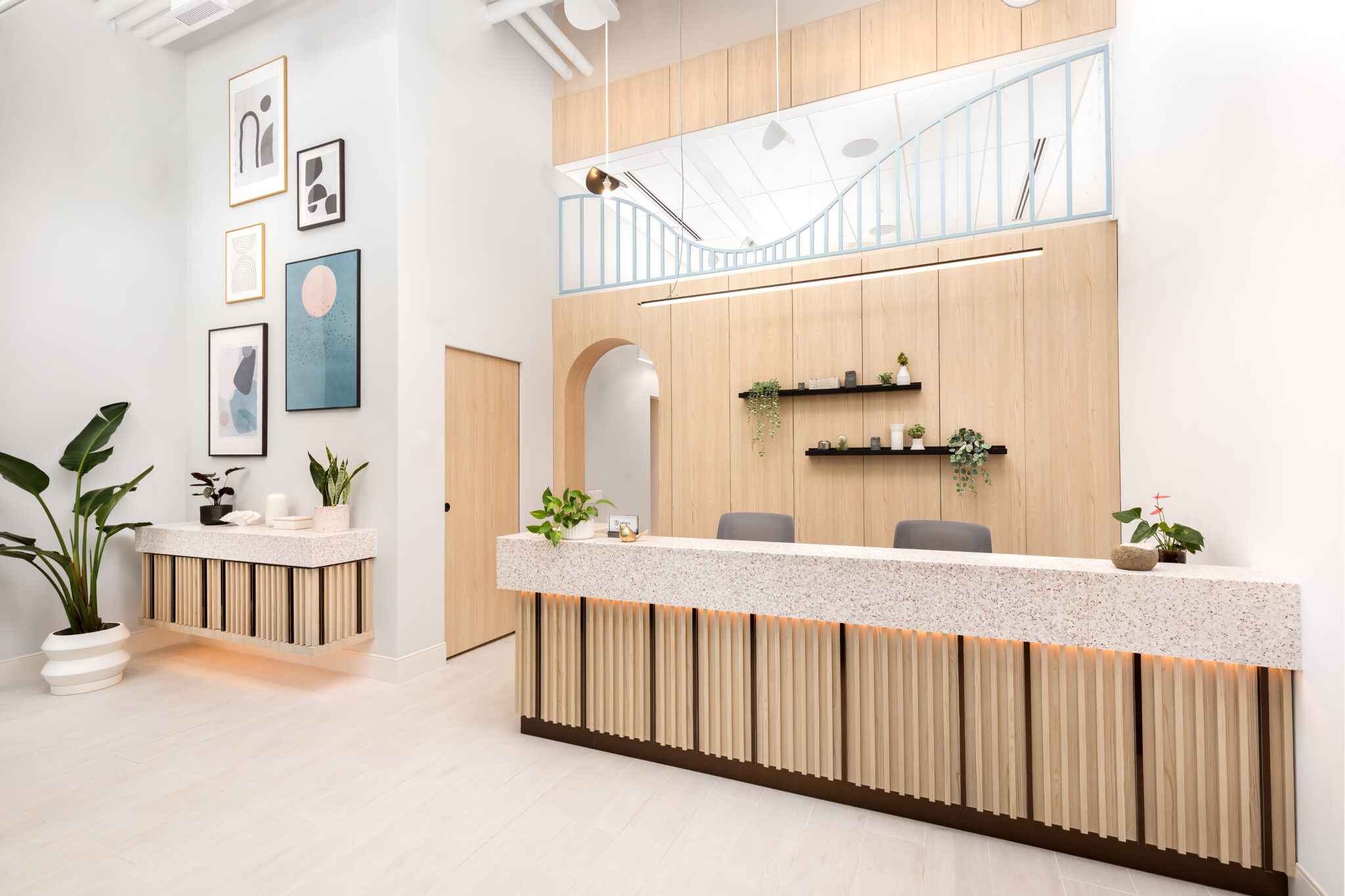The Power of Storytelling: Engaging Users Through Narratives.
Posted By
PRESNSE Community
Posted On
Jun 6, 2023



In today’s digital age, a well-designed website is essential for any business or individual seeking an impactful online presence. Web design transcends visual aesthetics; it's about creating seamless user experiences that engage, inform, and convert visitors into loyal customers. This blog post delves into the essential elements of web design and their roles in building captivating and effective websites.
Understanding the User
The cornerstone of outstanding web design is a profound understanding of the target audience. Conducting thorough research to identify user preferences, pain points, and behaviors is crucial before initiating design work. By understanding your audience, you can customize the website’s design, content, and navigation to meet their specific needs, leading to a more satisfying user experience.
Simple and Intuitive Navigation
Effective website navigation acts as a roadmap guiding users through your digital space. Keep the navigation clean, simple, and consistent across all pages to avoid overwhelming users with too many options or complex menus. Incorporating clear calls-to-action (CTAs) on every page encourages visitors to take desired actions, such as making a purchase or subscribing to a newsletter.
Responsive Design
In a mobile-dominated world, responsive web design is mandatory. Your website should adapt seamlessly to various screen sizes and devices, ensuring an optimal experience whether accessed on a smartphone, tablet, or desktop. Responsive design not only enhances user satisfaction but also boosts search engine rankings, a critical aspect emphasized by modern SEO strategies (Project Jupyter).
Compelling Visuals
Visually striking elements are pivotal in grabbing users' attention and creating a memorable impression. Utilize high-quality images, relevant videos, and engaging graphics to effectively communicate your brand’s personality and message. However, it's crucial to balance aesthetics with performance by optimizing images and selecting appropriate formats to maintain fast loading times.
Consistent Branding
Your website represents your brand identity. It's vital to maintain consistency in color schemes, typography, and overall design elements to fortify your brand presence. A unified brand experience across all touchpoints enhances brand recall and builds trust with your audience.
Optimized Content
Compelling and informative content is integral to web design. Craft well-written copy that engages visitors and incorporates strategic keywords to enhance your SEO, thereby improving your site’s visibility and driving more organic traffic (edX).
Accessibility and Inclusivity
Web design should be accessible and inclusive, catering to users with diverse abilities and needs. Ensuring your website meets accessibility standards, such as providing alt text for images and enabling keyboard navigation, not only broadens your audience but also adheres to ethical and legal standards.
Conclusion
Web design is a powerful tool in establishing a robust online presence. By focusing on user understanding, streamlined navigation, responsive design, compelling visuals, consistent branding, optimized content, and accessibility, you can craft websites that not only captivate visitors but also drive meaningful engagement and results for your business or personal brand.
References
Project Jupyter insights on interactive and responsive web elements (Project Jupyter)
edX discussions on the importance of engaging and accessible content (edX)
In today’s digital age, a well-designed website is essential for any business or individual seeking an impactful online presence. Web design transcends visual aesthetics; it's about creating seamless user experiences that engage, inform, and convert visitors into loyal customers. This blog post delves into the essential elements of web design and their roles in building captivating and effective websites.
Understanding the User
The cornerstone of outstanding web design is a profound understanding of the target audience. Conducting thorough research to identify user preferences, pain points, and behaviors is crucial before initiating design work. By understanding your audience, you can customize the website’s design, content, and navigation to meet their specific needs, leading to a more satisfying user experience.
Simple and Intuitive Navigation
Effective website navigation acts as a roadmap guiding users through your digital space. Keep the navigation clean, simple, and consistent across all pages to avoid overwhelming users with too many options or complex menus. Incorporating clear calls-to-action (CTAs) on every page encourages visitors to take desired actions, such as making a purchase or subscribing to a newsletter.
Responsive Design
In a mobile-dominated world, responsive web design is mandatory. Your website should adapt seamlessly to various screen sizes and devices, ensuring an optimal experience whether accessed on a smartphone, tablet, or desktop. Responsive design not only enhances user satisfaction but also boosts search engine rankings, a critical aspect emphasized by modern SEO strategies (Project Jupyter).
Compelling Visuals
Visually striking elements are pivotal in grabbing users' attention and creating a memorable impression. Utilize high-quality images, relevant videos, and engaging graphics to effectively communicate your brand’s personality and message. However, it's crucial to balance aesthetics with performance by optimizing images and selecting appropriate formats to maintain fast loading times.
Consistent Branding
Your website represents your brand identity. It's vital to maintain consistency in color schemes, typography, and overall design elements to fortify your brand presence. A unified brand experience across all touchpoints enhances brand recall and builds trust with your audience.
Optimized Content
Compelling and informative content is integral to web design. Craft well-written copy that engages visitors and incorporates strategic keywords to enhance your SEO, thereby improving your site’s visibility and driving more organic traffic (edX).
Accessibility and Inclusivity
Web design should be accessible and inclusive, catering to users with diverse abilities and needs. Ensuring your website meets accessibility standards, such as providing alt text for images and enabling keyboard navigation, not only broadens your audience but also adheres to ethical and legal standards.
Conclusion
Web design is a powerful tool in establishing a robust online presence. By focusing on user understanding, streamlined navigation, responsive design, compelling visuals, consistent branding, optimized content, and accessibility, you can craft websites that not only captivate visitors but also drive meaningful engagement and results for your business or personal brand.
References
Project Jupyter insights on interactive and responsive web elements (Project Jupyter)
edX discussions on the importance of engaging and accessible content (edX)
In today’s digital age, a well-designed website is essential for any business or individual seeking an impactful online presence. Web design transcends visual aesthetics; it's about creating seamless user experiences that engage, inform, and convert visitors into loyal customers. This blog post delves into the essential elements of web design and their roles in building captivating and effective websites.
Understanding the User
The cornerstone of outstanding web design is a profound understanding of the target audience. Conducting thorough research to identify user preferences, pain points, and behaviors is crucial before initiating design work. By understanding your audience, you can customize the website’s design, content, and navigation to meet their specific needs, leading to a more satisfying user experience.
Simple and Intuitive Navigation
Effective website navigation acts as a roadmap guiding users through your digital space. Keep the navigation clean, simple, and consistent across all pages to avoid overwhelming users with too many options or complex menus. Incorporating clear calls-to-action (CTAs) on every page encourages visitors to take desired actions, such as making a purchase or subscribing to a newsletter.
Responsive Design
In a mobile-dominated world, responsive web design is mandatory. Your website should adapt seamlessly to various screen sizes and devices, ensuring an optimal experience whether accessed on a smartphone, tablet, or desktop. Responsive design not only enhances user satisfaction but also boosts search engine rankings, a critical aspect emphasized by modern SEO strategies (Project Jupyter).
Compelling Visuals
Visually striking elements are pivotal in grabbing users' attention and creating a memorable impression. Utilize high-quality images, relevant videos, and engaging graphics to effectively communicate your brand’s personality and message. However, it's crucial to balance aesthetics with performance by optimizing images and selecting appropriate formats to maintain fast loading times.
Consistent Branding
Your website represents your brand identity. It's vital to maintain consistency in color schemes, typography, and overall design elements to fortify your brand presence. A unified brand experience across all touchpoints enhances brand recall and builds trust with your audience.
Optimized Content
Compelling and informative content is integral to web design. Craft well-written copy that engages visitors and incorporates strategic keywords to enhance your SEO, thereby improving your site’s visibility and driving more organic traffic (edX).
Accessibility and Inclusivity
Web design should be accessible and inclusive, catering to users with diverse abilities and needs. Ensuring your website meets accessibility standards, such as providing alt text for images and enabling keyboard navigation, not only broadens your audience but also adheres to ethical and legal standards.
Conclusion
Web design is a powerful tool in establishing a robust online presence. By focusing on user understanding, streamlined navigation, responsive design, compelling visuals, consistent branding, optimized content, and accessibility, you can craft websites that not only captivate visitors but also drive meaningful engagement and results for your business or personal brand.
References
Project Jupyter insights on interactive and responsive web elements (Project Jupyter)
edX discussions on the importance of engaging and accessible content (edX)

Ready to Elevate Your Digital Presence?
Don't get left behind
Join us on the journey to transform your digital landscape. Harness the power of PRESNSE expertise to boost your brand's visibility, engagement, and growth. Let's make your success story together!

Ready to Elevate Your Digital Presence?
Don't get left behind
Join us on the journey to transform your digital landscape. Harness the power of PRESNSE expertise to boost your brand's visibility, engagement, and growth. Let's make your success story together!

Ready to Elevate Your Digital Presence?
Don't get left behind
Join us on the journey to transform your digital landscape. Harness the power of PRESNSE expertise to boost your brand's visibility, engagement, and growth. Let's make your success story together!

Optimize your success with our ROI-driven digital marketing agency.
207, LT Tower, 31 Chong Yip St, Kwun Tong, Hong Kong
Copyright: © 2024 PRESNSE. All Rights Reserved.

Optimize your success with our ROI-driven digital marketing agency.
207, LT Tower, 31 Chong Yip St, Kwun Tong, HK
Copyright: © 2024 PRESNSE. All Rights Reserved.

Optimize your success with our AI driven digital marketing agency.
207, LT Tower, 31 Chong Yip St, Kwun Tong, Hong Kong
Copyright: © 2024 PRESNSE. All Rights Reserved.



